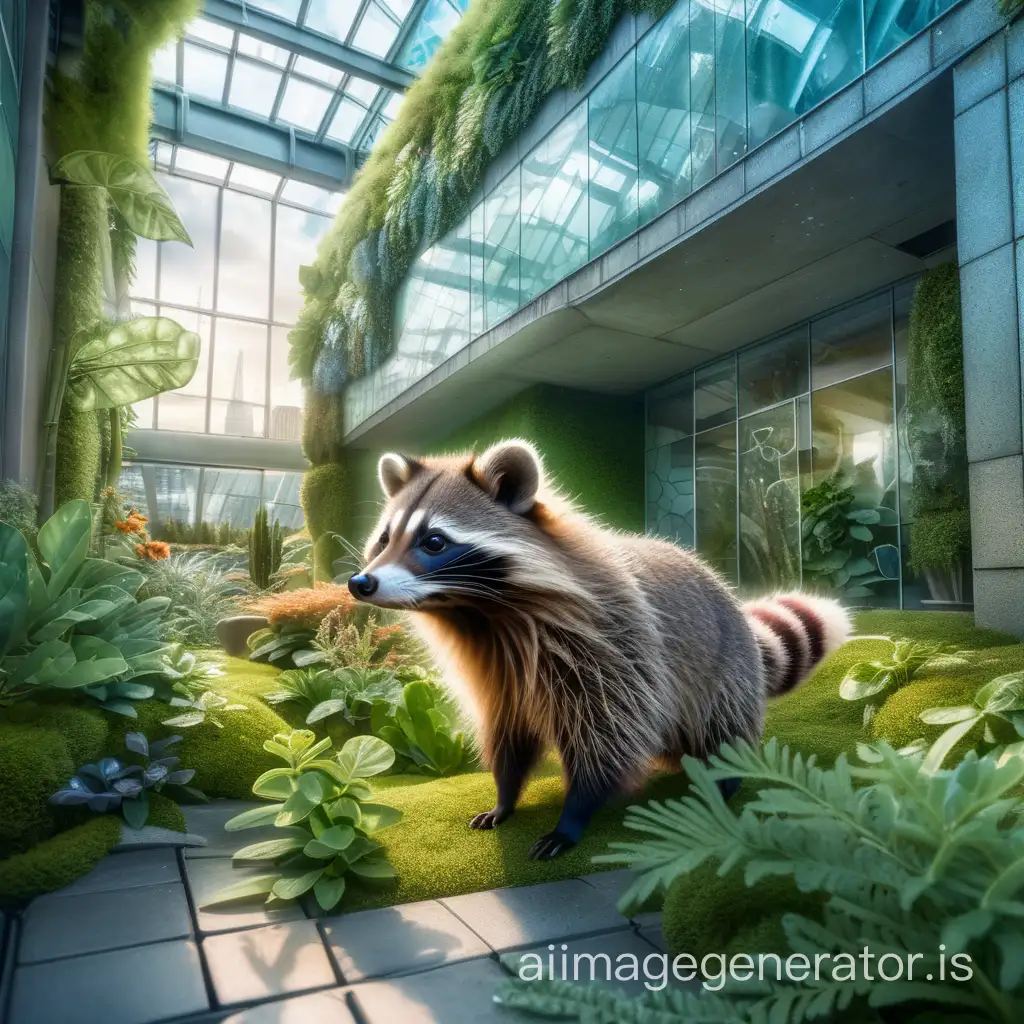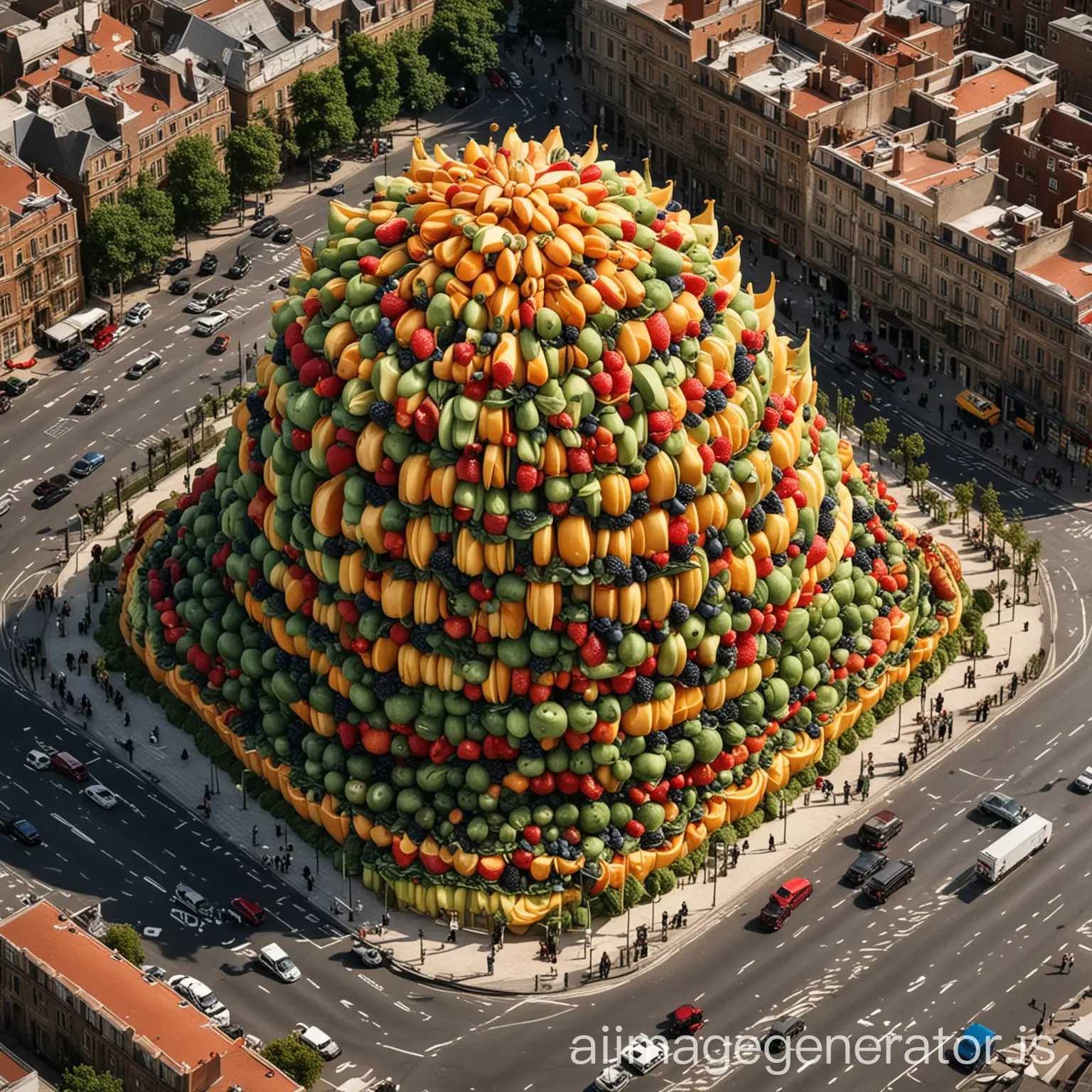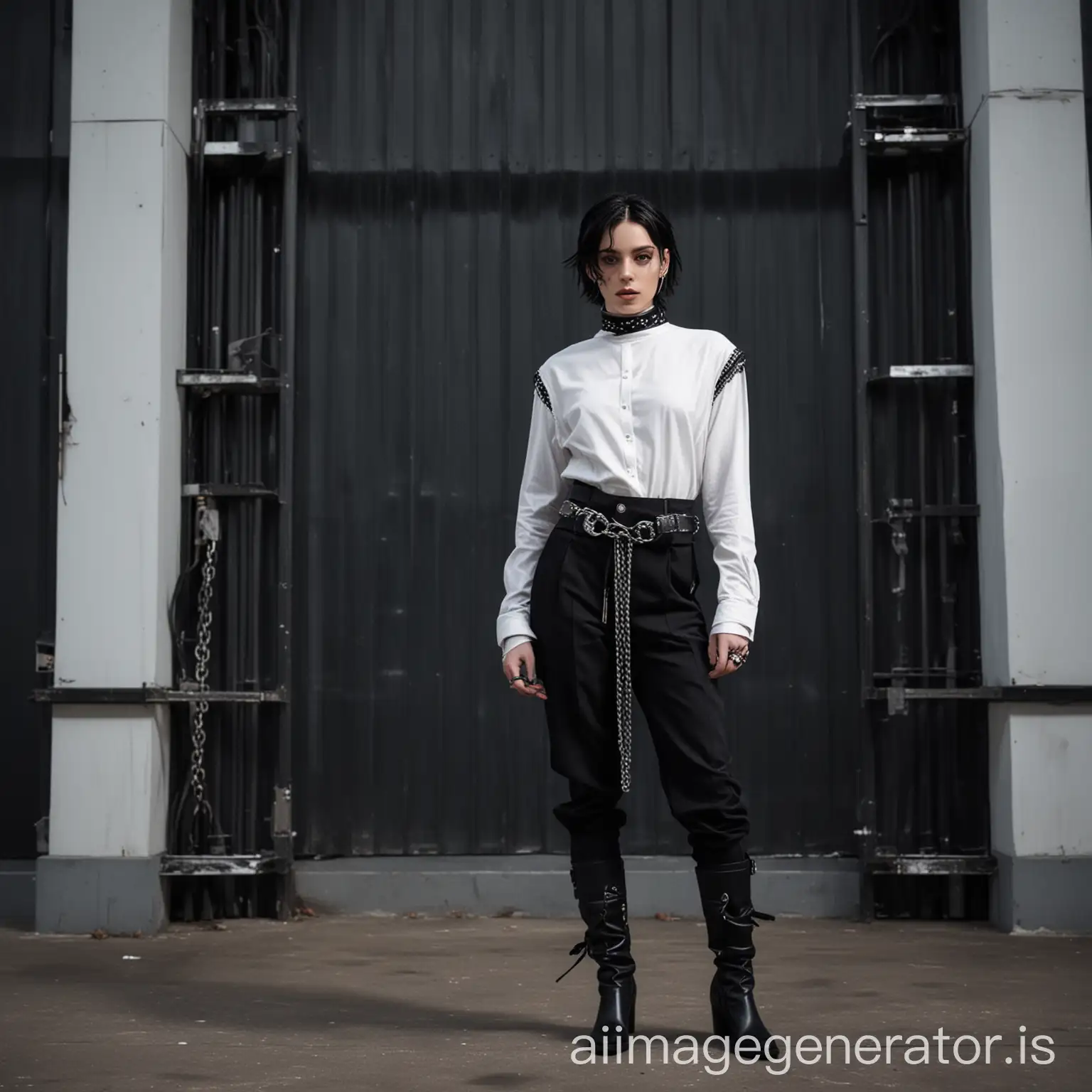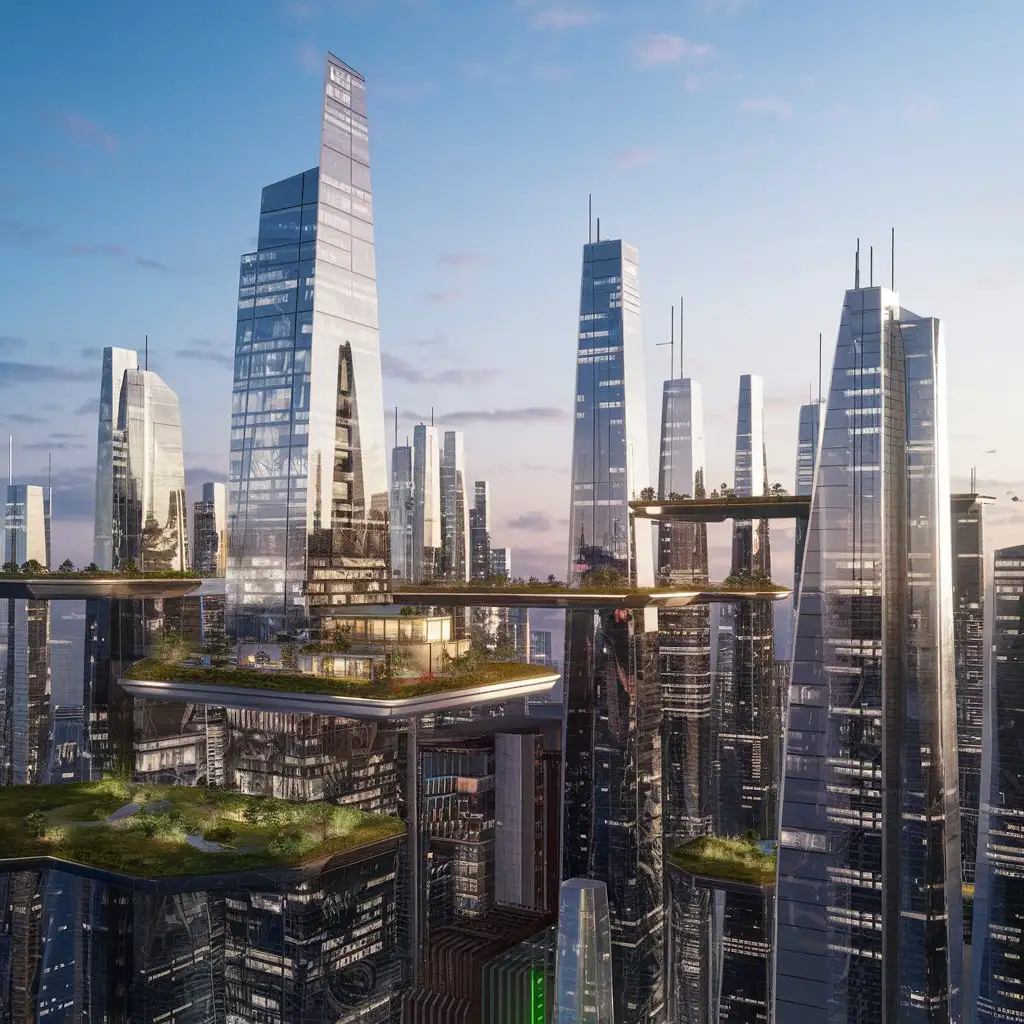Free futuristic building Image Generator
Just imagine, and we'll instantly return a variety of personalized futuristic building images—designed to bring your creativity to life!
- 4:3
- 3:4
- 1:1

image.state.default




Related Tags
Futuristic buildings are characterized by their innovative designs, advanced materials, and cutting-edge technologies. These structures often feature sleek, aerodynamic forms, extensive use of glass and steel, and integration with sustainable energy sources. They push the boundaries of traditional architecture, incorporating smart systems for energy efficiency, automated controls, and sometimes even AI-driven construction methods.
What Defines a Futuristic Building?
Futuristic building designs are widely used in urban planning, commercial real estate, and residential projects. Cities around the world are adopting these designs to create iconic skylines and improve urban living conditions. Commercial projects use futuristic architecture to attract business and tourism, while residential buildings offer enhanced living experiences through smart home technologies and eco-friendly construction. These designs also find applications in virtual environments like video games and movies, where they help create immersive, forward-looking worlds.
Applications of Futuristic Building Designs
Prominent architects like Zaha Hadid, Norman Foster, and Santiago Calatrava have made significant contributions to futuristic architecture. Zaha Hadid's works, such as the Heydar Aliyev Center and the Guangzhou Opera House, are renowned for their fluid, organic forms. Norman Foster's designs, including The Gherkin and Apple Park, exemplify sustainability and innovation. Santiago Calatrava's creations, like the City of Arts and Sciences in Valencia, blend engineering prowess with artistic expression. These architects have set new standards in design and technology, inspiring future generations.
Notable Architects and Their Contributions to Futuristic Architecture
The future of futuristic building design lies in the integration of advanced technologies such as AI, robotics, and sustainable materials. Architects and engineers are exploring new possibilities with 3D printing, modular construction, and AI-driven design processes. Buildings of the future will likely be self-sustaining, using renewable energy sources and smart systems to reduce their environmental impact. The focus will be on creating resilient, adaptive structures that can respond to changing climatic conditions and urban needs. These advancements promise to revolutionize the way we think about and interact with our built environment.
The Future of Futuristic Building Design